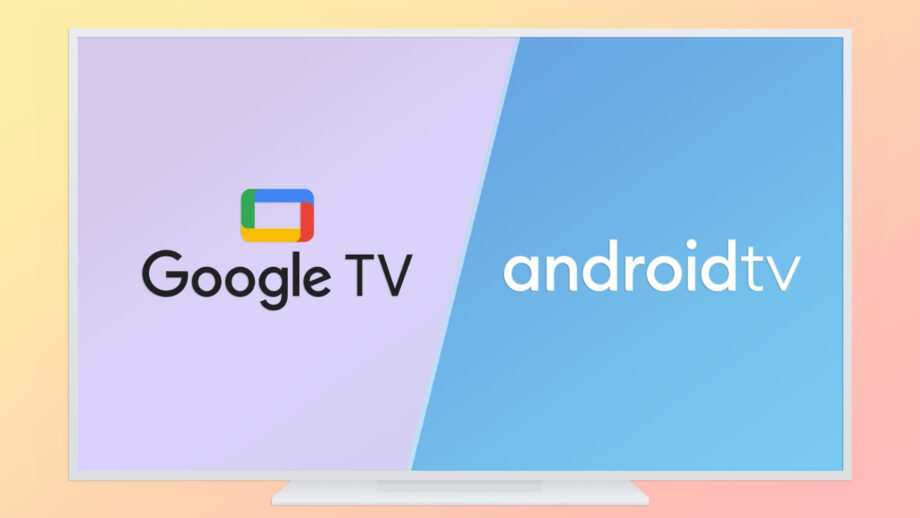Google TV is the company’s smart TV and set-top box platform. But wait, doesn’t Google already have an Android TV platform? How about the Google TV app? Let’s take a look at another Google name blunder.
To begin with, Google TV is still Android TV. The simplest way to think of Google TV is to picture an updated version of Android TV.
Google TV is conceptually comparable to overlays such as Samsung’s One UI. Android is still operating on a Samsung Galaxy phone with One UI. Similarly, Google TV-enabled devices continue to run Android TV on the inside. The distinction here is that One UI is specific to Samsung devices, but Google TV will run on all Android TV devices.
The most recent version of “Android TV” is based on Android 9, whereas Google TV is based on Android 10. Upgrading from Android TV to Google TV is the same as moving from Android 8 to Android 9. There is simply an additional layer on top.
Aside from the name, the most noticeable difference with Google TV is the Home screen. Google significantly redesigned the Home screen experience to be recommendation-based. Movies and TV shows are sourced from the streaming services to which you have subscribed.
The complete setup process for a new device has also been redesigned. Setup is now done through the Google Home app rather than the TV itself. Google invites you to select your language throughout the setup procedure.
The “Watchlist” is another important feature of the Google TV Home screen. From Google Search on your phone, tablet, or computer, you can add movies and TV series to your Watchlist. They’ll be easily available from the Google TV Home screen after that. The programming is also accessible through the Google TV app.
The most important thing to remember is that Google TV is still Android TV. They may appear to be extremely different, but they are fundamentally the same. The majority of the improvements are concentrated on the Home screen, and older devices will soon have the identical experience.
Source: howtogeek.com


